Reykjavík 871±2
The exhibition explores the Icelandic city's Viking Age history.
In 2001, archaeological excavations on Aðalstræti unearthed the remains of a tenth-century longhouse with a wall dating back to 871±2, the oldest evidence of human habitation in Reykjavík.
The year is based on the layer of tephra deposited from a volcanic eruption in the Torfajökull area, which has been found all over Iceland and placed around 871 by carbon dating, with a range of possible inaccuracy of two years either way. The eruption coincides with the early years of Iceland’s settlement age, when the Norsemen started to migrate across the sea, as told by later medieval texts dealing with Icelandic history.
Managed by the City Museum, the Settlement Exhibition of Reykjavík 871±2 gives visitors a rare glimpse into the Viking Age, with the entirety of the excavated ruins displayed in the basement alongside a various collection of artifacts, from pieces of relics to everyday tools. Utilizing interactive multimedia, the exhibit gives an immersive experience and takes visitors back to the days of yore.
While the Settlement Exhibition is the main part of the museum, there is also a new, lesser-visited section at the back where the history of the city is further explored, recreating turn-of-the-century Reykjavík with dioramas and restorations of old-school shops and residences.
Know Before You Go
The Settlement Exhibition is open daily from 10 a.m. to 5 p.m.

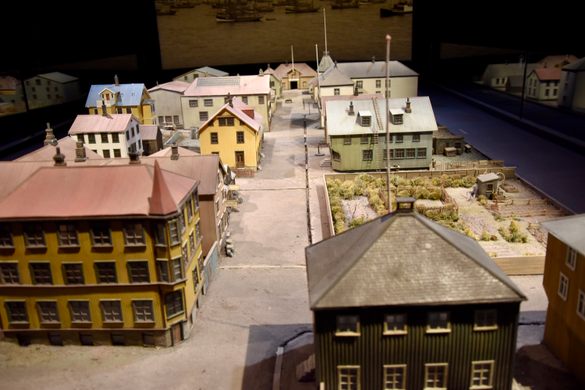
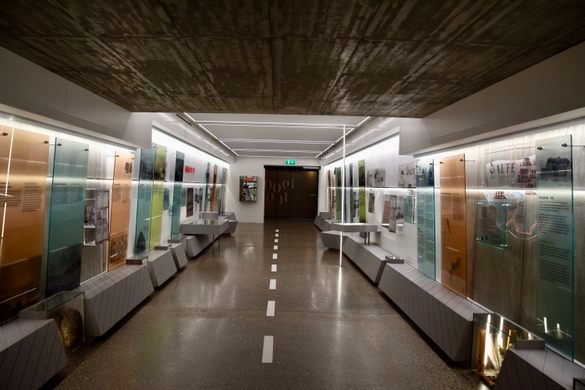
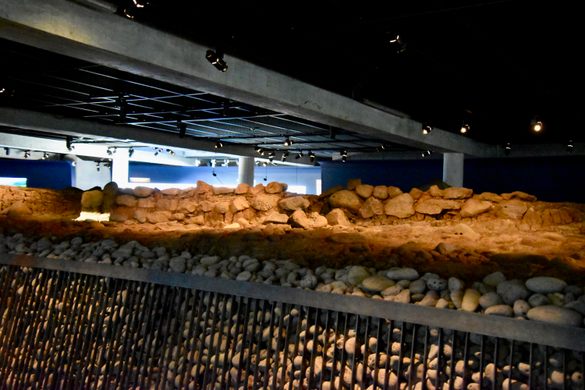
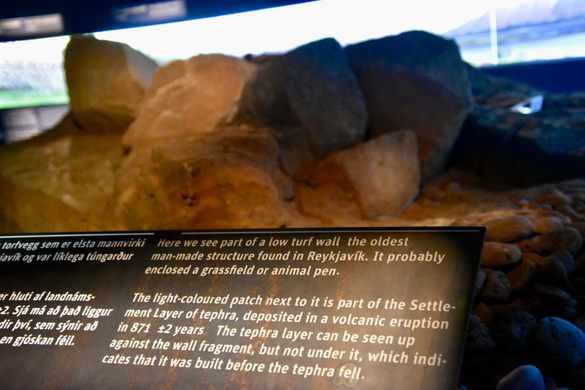


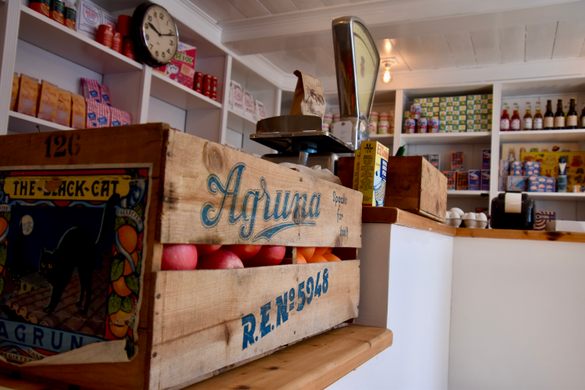










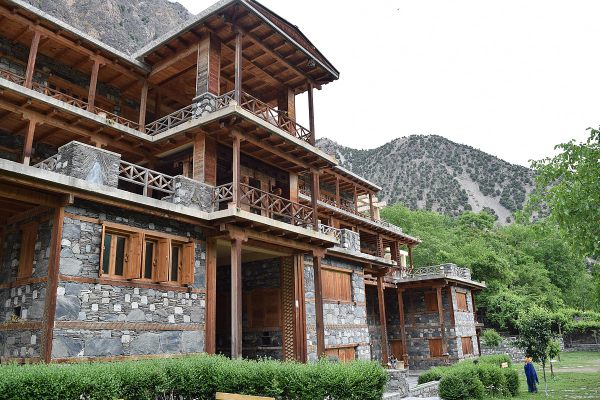


Follow us on Twitter to get the latest on the world's hidden wonders.
Like us on Facebook to get the latest on the world's hidden wonders.
Follow us on Twitter Like us on Facebook